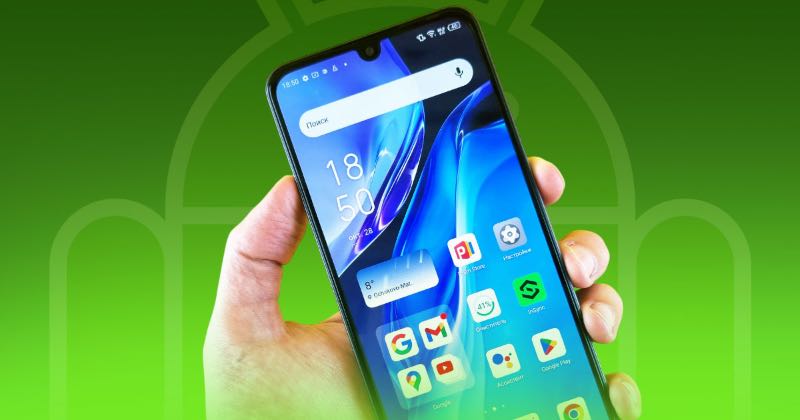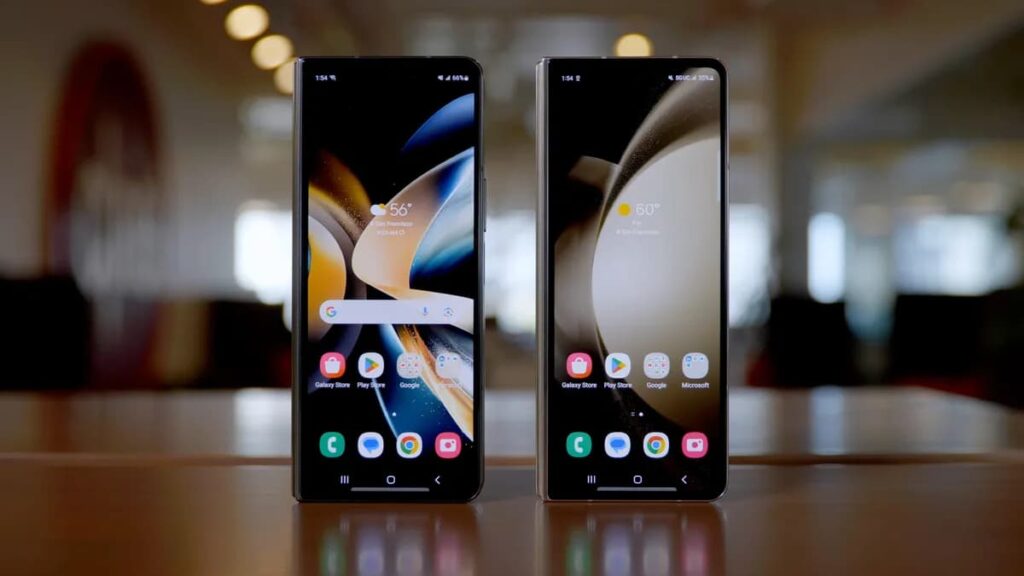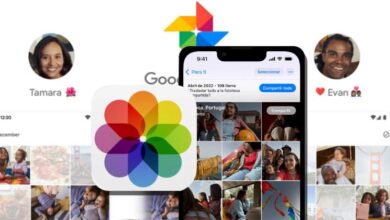
Managing Android App Auto-Start Settings for Better Performance
Managing Android app auto-start settings is crucial to maintaining a smooth and efficient device. Apps that start automatically can drain your battery or slow your phone’s performance, making proper management essential. In this guide, you’ll discover how to enable or disable auto-start for apps, optimize your phone’s performance, and gain complete control over background processes.
What Does Auto-Start Mean for Android Apps?

Auto-start allows apps to run in the background automatically when triggered by certain events. This ensures they perform essential tasks like syncing data, sending notifications, or updating content without manual intervention.
Key benefits of auto-start include:
- Real-time updates for messaging apps, alarms, and fitness trackers.
- Smooth app functionality without constant manual input.
However, allowing all apps to auto-start can negatively affect performance by consuming battery life and system memory. Managing these settings helps you achieve a balance between functionality and efficiency.
The Impact of Auto-Start on Background Processes

Enabling auto-start allows apps to run processes in the background, which is helpful for maintaining their functionality. However, this feature can strain system resources if not managed correctly.
- Battery Drain: Background processes consume significant power, reducing battery life.
- Slower Performance: Multiple auto-start apps can overload system resources, causing lag and overheating.
- Resource Overload: Unchecked background activity may disrupt your phone’s overall performance.
To avoid these issues, prioritize essential apps while restricting unnecessary auto-start permissions.
How to Enable Auto-Start for Android Apps
Taking control of auto-start ensures vital apps work as needed. Follow these steps to enable auto-start for apps:
- App Info Settings:
- Long-press the app icon, select “Info,” and navigate to the “Battery” section.
- Choose “Unrestricted” for apps requiring full functionality.
- System Settings:
- Open “Settings,” navigate to “Apps,” and find the desired app.
- Toggle the auto-launch option for the app.
- Device-Specific Tools:
- Many Android devices have built-in auto-start managers.
- Access this feature through the system settings, select your app, and enable auto-launch.
- Grant Necessary Permissions:
- Ensure the app has the required permissions in “App Permissions” under “Settings.”
Enabling auto-start ensures critical apps remain functional without needing to launch them manually every time.
Adjusting Battery Optimization to Support Auto-Start

Battery optimization is designed to conserve power, but it often limits auto-start capabilities. Adjusting these settings ensures essential apps function without interruptions.
- Access Battery Settings: Navigate to “Settings” > “Battery” > “Battery Optimization.”
- Find the App: Search for the app and set it to “Not Optimized.”
- Monitor Background Usage: Check the app’s battery usage details to ensure it aligns with your preferences.
By customizing battery optimization, you allow essential apps to operate while keeping unnecessary ones from draining resources.
How to Disable Auto-Start for Apps
Stopping apps from starting automatically can significantly improve your phone’s efficiency. Here’s how to disable auto-start:
- Disable Auto-Start Permissions: Go to “Settings” > “Apps” and toggle off the auto-start setting for specific apps.
- Force Stop the App: Access “App Info,” tap “Force Stop,” and confirm to halt background activity.
- Restrict Background Data: Under “Data Usage” settings, select the app and enable “Restrict Background Data.”
- Adjust Battery Optimization: Set the app to “Optimized” under “Battery” settings.
By disabling auto-start, you control which apps run in the background, improving device performance and battery life.
Optimizing Background Activities for Better Performance
To further optimize your phone, limit resource usage for non-essential apps:
- Disable Background Activity: Under “App Info,” turn off the “Background Activity” option.
- Restrict Data Usage: Navigate to “Settings” > “Data Usage” and block unnecessary apps.
- Adjust Notifications: Limit notification settings to reduce resource consumption.
- Uninstall Unused Apps: Removing rarely used apps frees up memory and processing power.
Boost Performance with Effective Auto-Start Management
Managing auto-start settings is a simple yet effective way to improve your phone’s performance. By prioritizing essential apps and disabling unnecessary ones, you can extend battery life, reduce system lag, and enjoy a smoother experience.
This guide from Geektechen provides actionable tips to enhance your Android device’s functionality. For more helpful tutorials and optimization tricks, visit Geektechen regularly!



